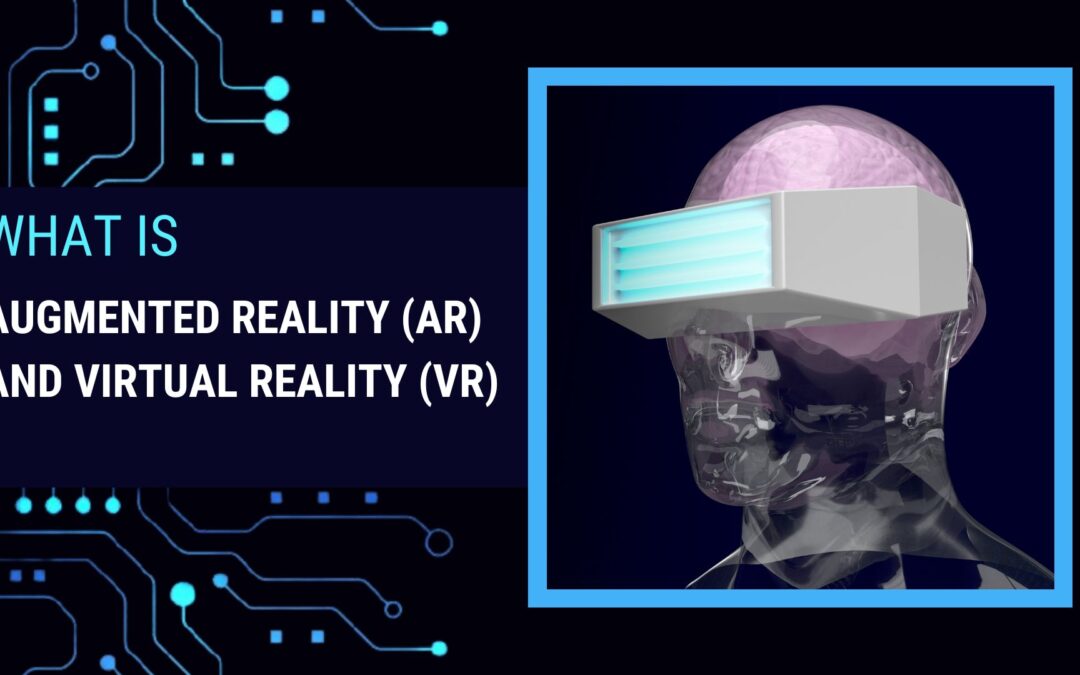
What is Augmented Reality (AR) and Virtual Reality (VR)
What is Augmented Reality (AR) and Virtual Reality (VR)
Augmented Reality (AR) and Virtual Reality (VR) are immersive technologies that alter our perception of the real world and create interactive digital experiences. While they share similarities, they serve different purposes and offer distinct user experiences.
Augmented Reality (AR):
Augmented Reality involves overlaying digital content, such as images, videos, and 3D models, onto the real-world environment. This is typically done through devices like smartphones, tablets, AR glasses, or even heads-up displays in vehicles. AR enhances our perception of reality by adding virtual elements that interact with and augment the physical world.
Key features of AR include:
- Real-time Interaction: AR enables users to interact with digital objects in real-time within their immediate environment.
- Integration with Reality: Virtual objects are integrated into the user’s actual surroundings, making it possible to blend the virtual and real worlds.
- Applications: AR has applications in various fields, from gaming and entertainment to education, healthcare, navigation, architecture, and marketing.
- Examples: Pokémon GO is a popular AR game that lets players catch virtual creatures in the real world. AR navigation apps overlay directions onto the live view from a smartphone’s camera.
Virtual Reality (VR):
Virtual Reality, on the other hand, creates an entirely simulated environment that users can interact with. VR typically requires specialized hardware, such as VR headsets, to fully immerse users in the virtual world. In VR, users are completely isolated from the physical environment and are surrounded by computer-generated content.
Key features of VR include:
- Immersive Environment: VR provides a fully immersive experience, transporting users to a virtual environment where they can interact with objects and surroundings.
- Isolation from Reality: Users wearing VR headsets are visually and often aurally cut off from the real world, allowing them to focus entirely on the virtual experience.
- Applications: VR finds applications in gaming, training simulations (e.g., flight simulators), virtual tourism, medical training, architectural visualization, and more.
- Examples: Oculus Rift, HTC Vive, and PlayStation VR are popular VR headset platforms used for gaming and other immersive experiences.
In summary, while both AR and VR offer immersive experiences, AR enhances the real world by overlaying digital content it, and VR creates a completely virtual environment that users can interact with. Both technologies have the potential to transform industries and create new ways for people to engage with digital content and information.
